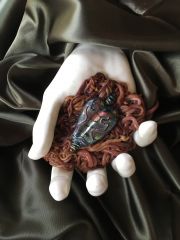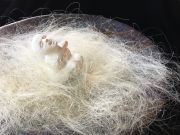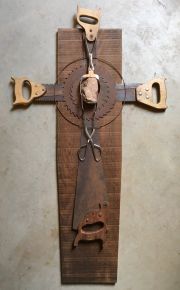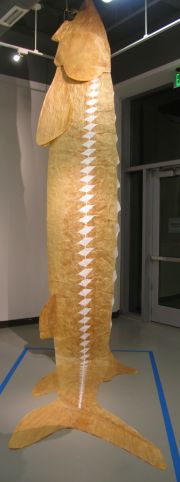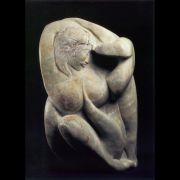Christina Bertea
Artist Statement / Bio
Sparking shifts in the collective's consciousness is my passion. Perhaps it was the social psychology I studied or my immersion in weekend teach-ins in the Berkeley of 1967 (when so many social movements were birthing), that inspired me to aspire to being a change agent through my own 'works'.
I tested affirmative action to see if a trade union would allow women into an apprenticeship program (becoming the first female union plumbing apprentice in the state); embraced an inspirited shamanic world view, modeling an antidote to capitalism's heartless exploitation of a natural world stripped of spirit or sentience; demonstrated the viability of using alternative methods and materials to construct inner-city infill by designing and building a passive solar Rammed Earth cottage in urban Oakland; studied and implemented permaculture design principles; and became fluent in urgent water conservation strategies-- promoting and installing greywater recycling and rainwater harvesting systems and homegrown composting toilets. Formerly Greywater Guerrillas, we morphed into respectable Greywater Action when, as stakeholders, we helped California craft a workable greywater code.
After working in glass and stone I tired of the art marketplace and committed to exploring how art itself could serve as a change agent. How does one push/nudge the edges of what is considered commonplace and acceptable to create a 'new normal' of more sustainable behaviors? How does one engage (enchant) the public, arousing enough curiosity to open folks to new ideas and options? How do we artists present sustainability as irresistibly imaginative and fun?
Nurturing a sense of awe and wonderment at the natural world around us is another passion of mine.
For inspiration, meandering alongside the banks of a stream is my greatest pleasure; listening to the sounds of water moving, my preferred music.
Artist Essentials
- Contact Artist
- Phone: 510 654-7843
Oakland, California
United States
Northern America
Artist Social
- Facebook: https://www.facebook.com/christina.bertea
- Instagram: https://www.instagram.com/aguacantando/


